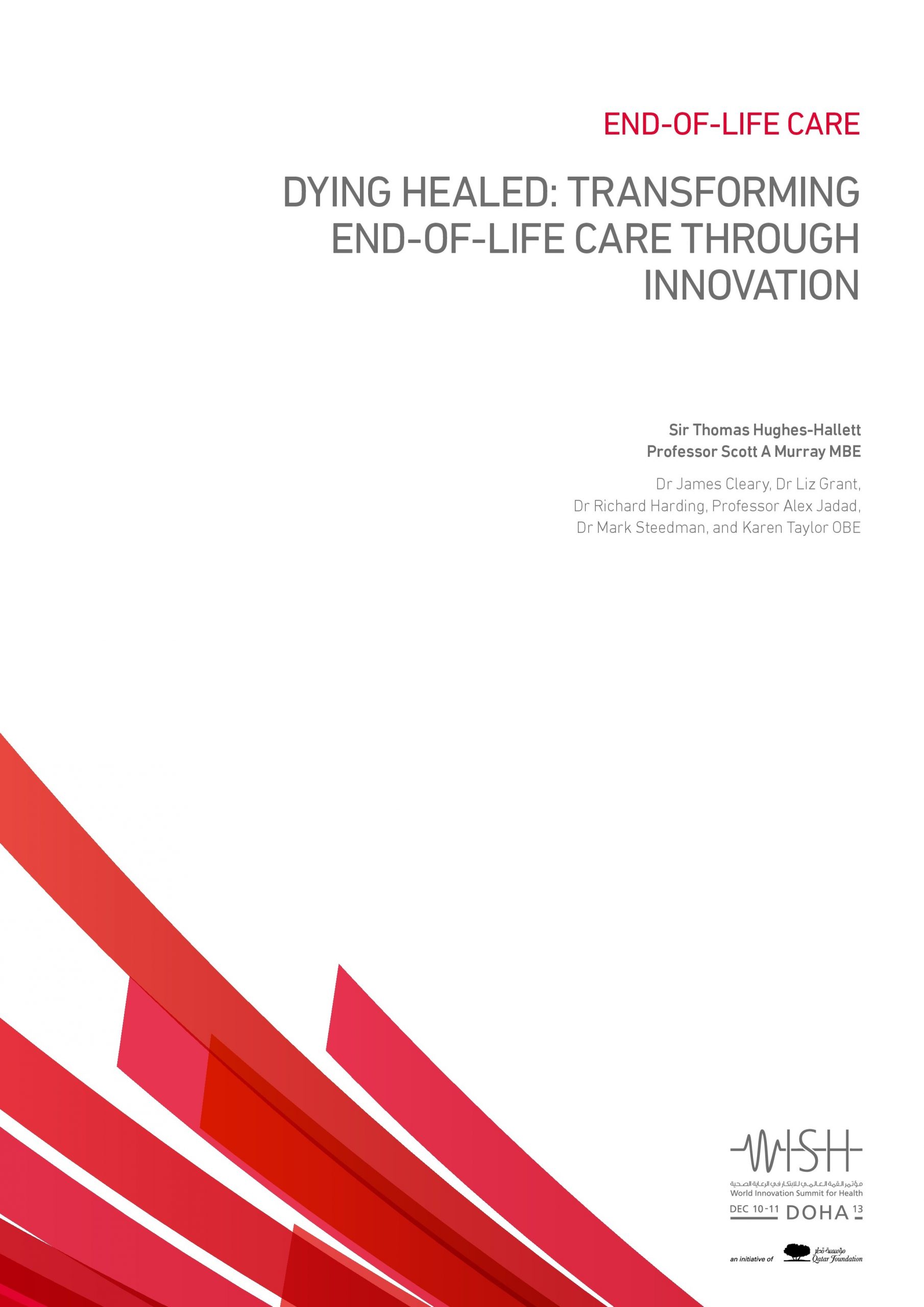Dying Healed: Transforming End-Of-Life Care through Innovation
Dr James Cleary, Dr Liz Grant, Dr Richard Harding, Professor Alex Jadad, Dr Mark Steedman, and Karen Taylor OBE
Health systems need to develop new pathways to combat end-of-lifecare. All sectors of society are to play a role in this be it the families, health institutions and thinktanks. The challenges we are facing today is a lack of medical health professionals in this field, without which no progress can be made. This reports highlights the strides various countries have taken towards this direction and recommends that policy makers take essential steps to ensure quality specialized care is afforded at a better value.

